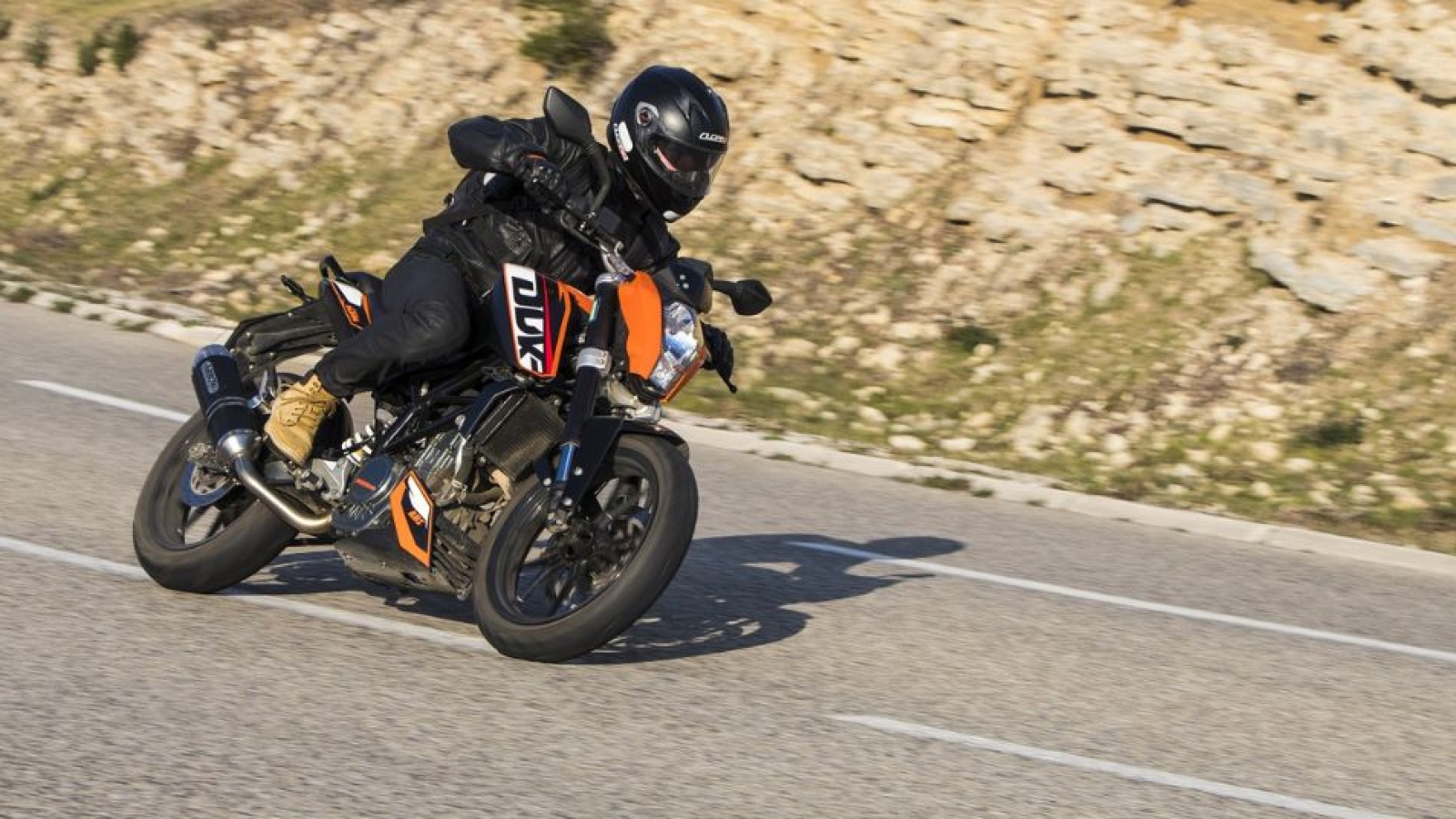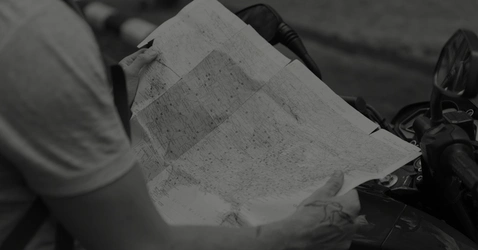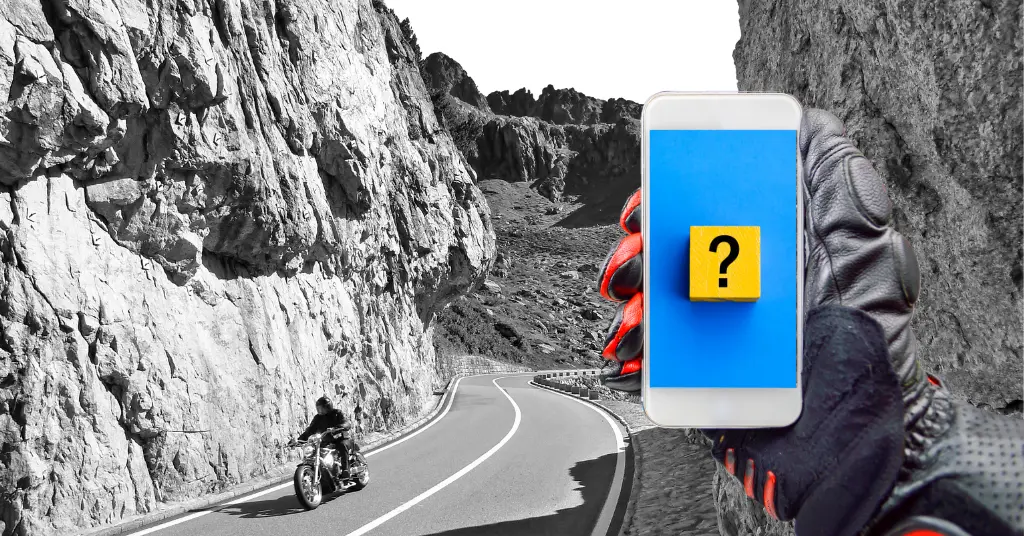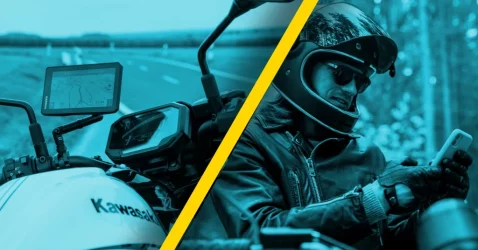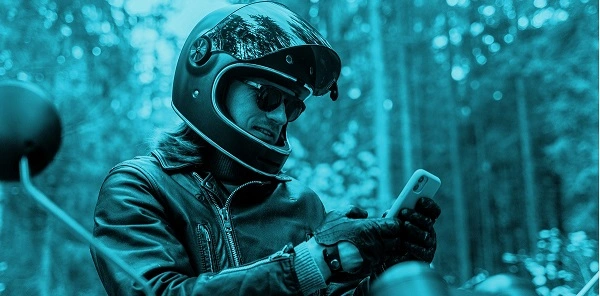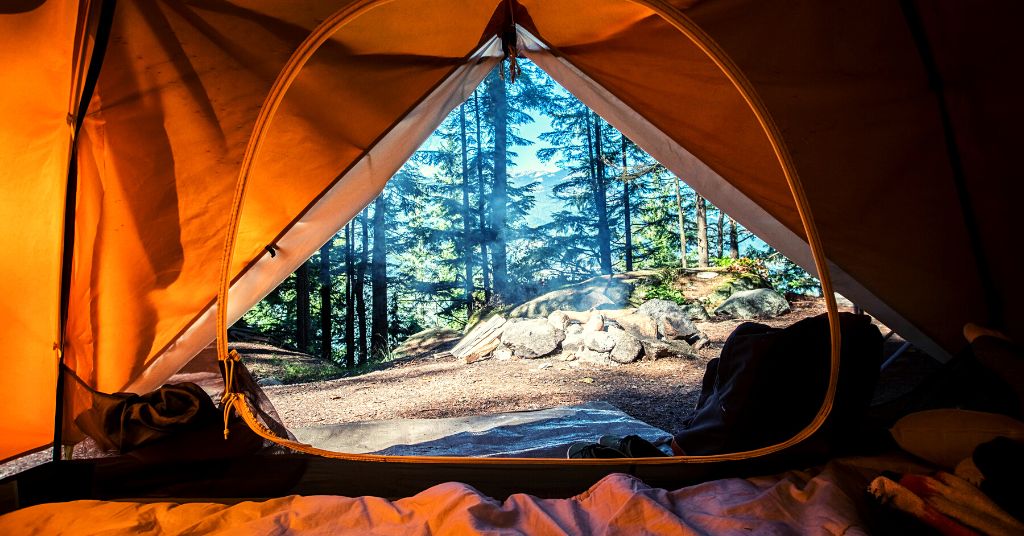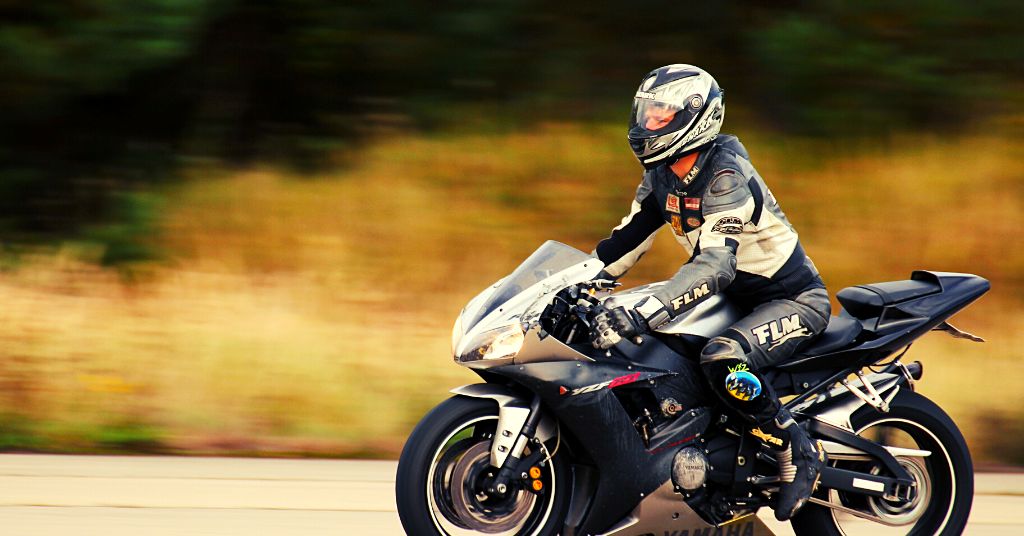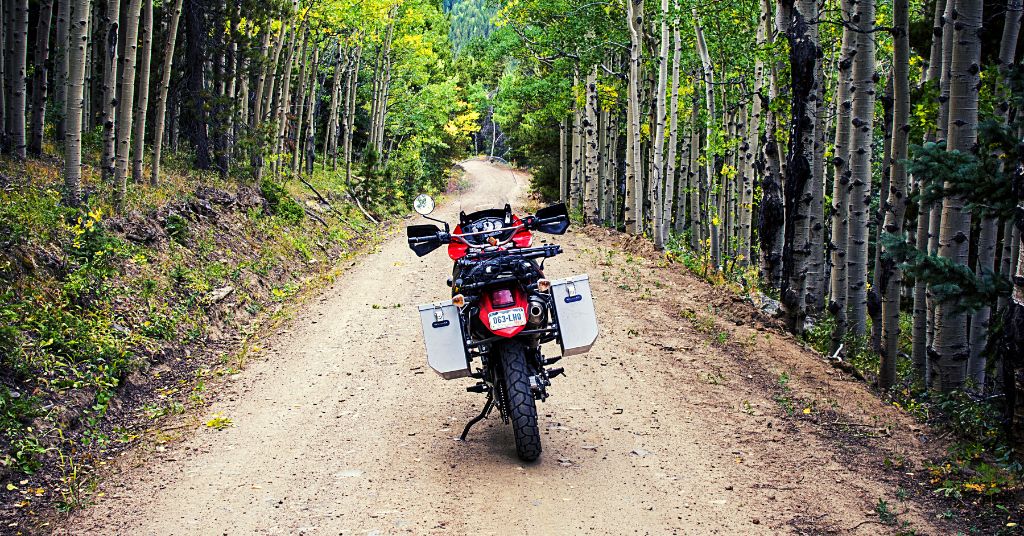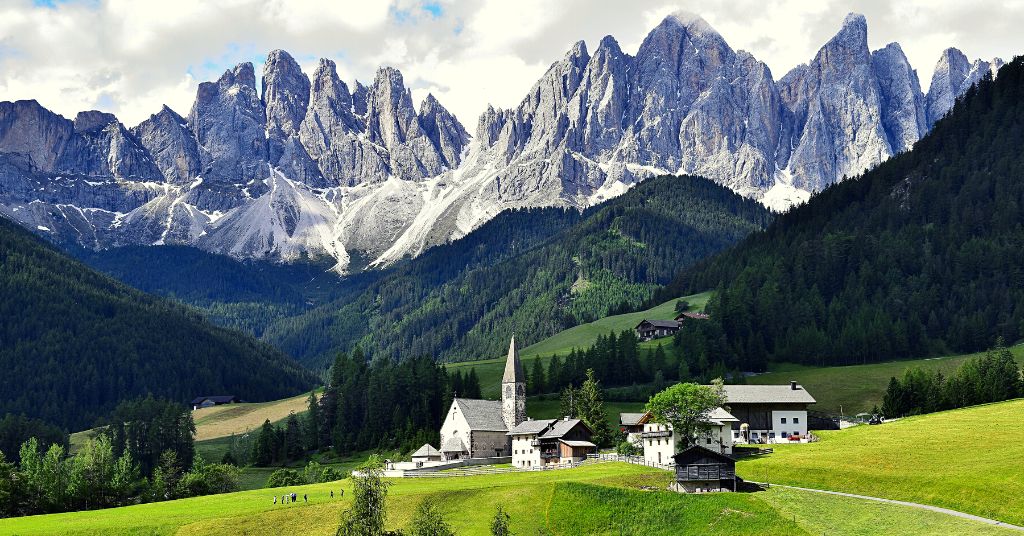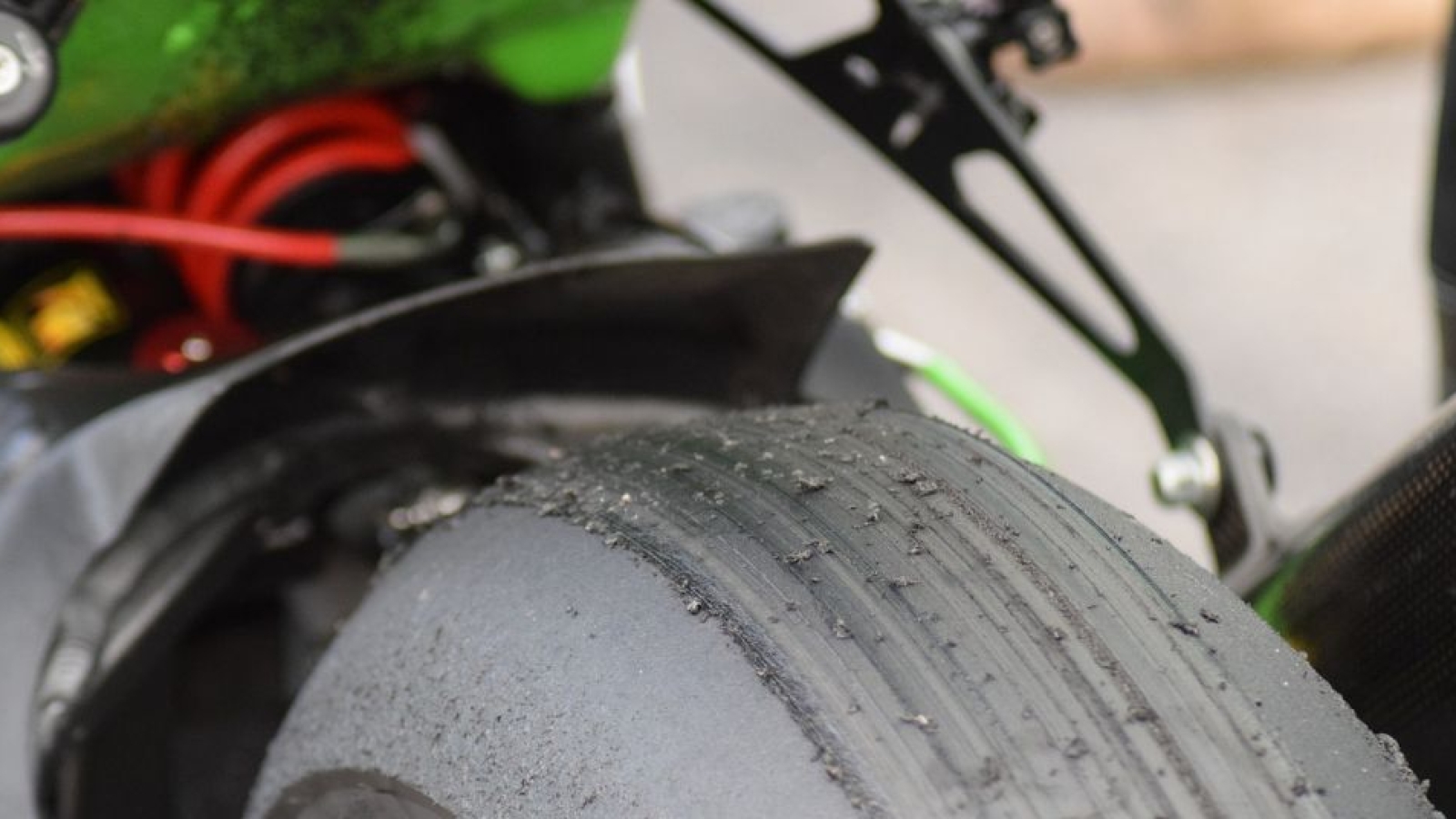
LIKE A SECOND SKIN
FINDING THE PERFECTLY MATCHING MOTORCYCLE GEAR
Like a second skin - Finding the perfectly matching motorcycle gear
When looking for a perfectly fitting protective motorcycle apparel you can choose from a lot of models using various materials ranging from more classic leather to synthetics that offer excellent protection, style, and function. In case you just started motorcycling, you might want to know what your options are in terms of types of protective clothing.
Leather may look great with your rugged cruiser or flashy with your sports model, but a well-designed synthetic may suit your long touring motorcycle better over thousands of kilometers on the open road. Moreover, the apparel should fit comfortably without being too big and fluttery, and offer all the functions you need. Pockets, both internal and external, may or may not be what you need (or even want), so choose wisely on what level of function you need to ride.
When we’re talking about clothing suitable for (actually) riding a motorcycle, we’re mainly considering topics such as safety and protection. Sure, a jacket should fit like a glove and (ideally) look good too, but you should always remember the following: “Dress for the slide, not for the ride!”
What to consider
Besides the topic of safety in mind, let’s also consider what a good piece of clothing should cover too. So, what to look for?
- Ventilation options – Nothing worse than stewing in one’s own juice. When you’re on a long tour you may know what is meant here. Always look for potential ventilation options on the jacket (or pants) you’re about to buy. Most gear is designed to catch the wind and let it pass through while riding. This means that you can easily adjust the cooling effect on your own and on the fly.
- Pockets & Storage – Since storage options are widely limited when riding a motorcycle, you’ll be happy about extra storage. Look for gear with pockets that have a dedicated purpose. Many models offer special pockets for mobile phones (often close to the body for easy recognition) or your purse. Sitting on a motorbike with your full trouser pockets might get uncomfortable quickly
- Visibility – Most people who aim for a leather jacket (naturally) select a black model. Always keep in mind how your gear is performing in being visible. Sure, you won’t find a neon-colored leather jacket, but always keep in mind that it is useful to own at least one item that sticks out like a super bright helmet color.
- Covering – If you have already experienced what it means to play catch with a bug while riding or (even worse) a bee, you know what’s meant here: Make sure you cover your collar, ankles, or wrists sufficiently. This impression on your skin will keep you busy for quite some time for sure. Also, look for solid and good storm flaps over your gear’s zippers. They might look unsuspicious when wearing but may be quite permeable while riding.
- Protectors & armor – Most importantly, your gear should be able to protect you in a critical situation. In Europe, it is required by law to use equipment that is marked with CE Marking standards. The US has unofficially adopted these standards, but it is not required for street use. For North America, the only time you need EC-rated apparel is on the race track. The most important for you is to look for the CE level (1 = lower protection, 2 = higher protection) when you consider buying a jacket, pants, or a suit. While many models have already padded and reinforced areas (e.g. Shoulders, knees, and waist) for basic protection, most apparels have dedicated pockets for removable protectors. Always check both the size of your pockets and protectors first since you don’t want to waste money for armor that does not fit into the designated pockets.
The jacket
Basically, you need to decide if you’re aiming for a two-piece setup consisting of separate pieces like a jacket and pants or if you’re feeling more comfortable wearing a suit. Suits come in one and two-piece sets that offer the same level of protection, ventilation, and material selection as a combination of a jacket and pants. Essentially a suit may offer better waterproofing, whereas a two-piece setup gives you more flexibility and a better possibility to cool down if you’re taking a short break from riding. Both variants should fit comfortably without being bulky or limiting your mobility since it’s very important that you’re still able to move and remain agile when riding a motorcycle. Many models offer special stretch panels at the elbows, knees, or around the waist to improve flexibility and are using either textile/denim, leather, or hybrid materials.
The pants
As a consequence of owning a good jacket it is important to rely on a supplementary and good piece of pants. Mostly pants are an overlooked piece of gear because many people think it’s enough to wear thick jeans. But with protection in mind, actual motorcycle riding pants are designed to give you the best possible level of safety in case of an accident as well as other features such as higher visibility (which of course is beneficial too) and important ventilation. Just like jackets, pants are complementary in the respect of material and different styles. While most textile models can be worn as a second layer over your regular pants or a set of shorts, they might also offer removable linings to add an extra layer of warmth or (if detachable) a cooler option for hot summer days. On your daily commute from or to the office, this might be your best fit.
Denim pants usually use interwoven fabric (such as Kevlar) in other materials to ensure a higher abrasive resistance. Additionally, you can also find padded sections and pockets for additional armor and protectors in many models.
With leather pants, you mostly pick the sportier style that involves abrasive knee pucks for touching the ground. If you’re riding closer to the edge (or even going to a race track) you should definitely go for this option since you’ll get maximum protection in knees, hips, and behind.
Final tips
Finding your perfect set might take some time since it involves consideration for what you plan to ride in such as the weather, the riding duration, and of course your type of motorcycle. Leather is excellent for protection, but it may become less and less comfortable throughout a long ride. Textiles offer excellent protection, visibility, and ventilation, but aren’t the perfect pants for every occasion either. You will also need to consider if you prefer wearing clothes underneath (what are your plans?), as they above need to fit comfortably in your normal riding position. They shouldn’t be too tight or expose the tops of your boots, nor be too bulky which makes riding, shifting, or stopping painful. When you’re trying on some models at a shop don’t just take a few steps and make some stretches, ask if they have a motorcycle around (many shops have it) to sit and check how it feels when actually sitting on a motorbike.
How can I make the most of motorcycling?
This is rather easy! Motobit also helps you to ride more safely by warning you of fixed dangers such as dangerous bends, damaged roads and much more, as well as of bends that are taken a little too recklessly. The curve assistant as we call it can be key, especially if you are exploring new and unknown areas.
So make sure you not only wear good safety gear, but also that Motobit is installed and active on your smartphone before setting off on your next tour. If you have not installed Motobit already, get it now for free!
